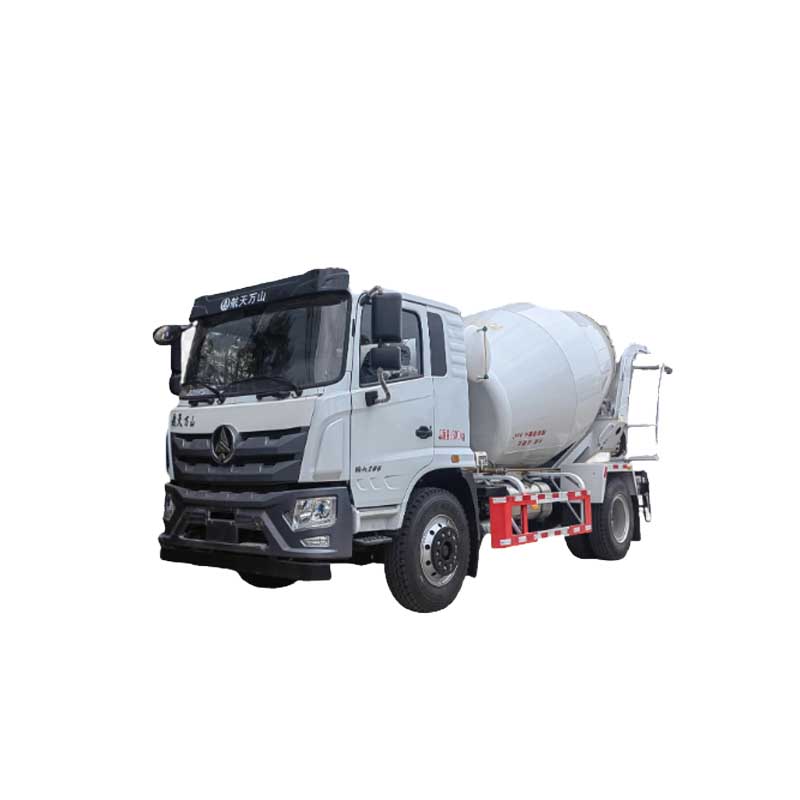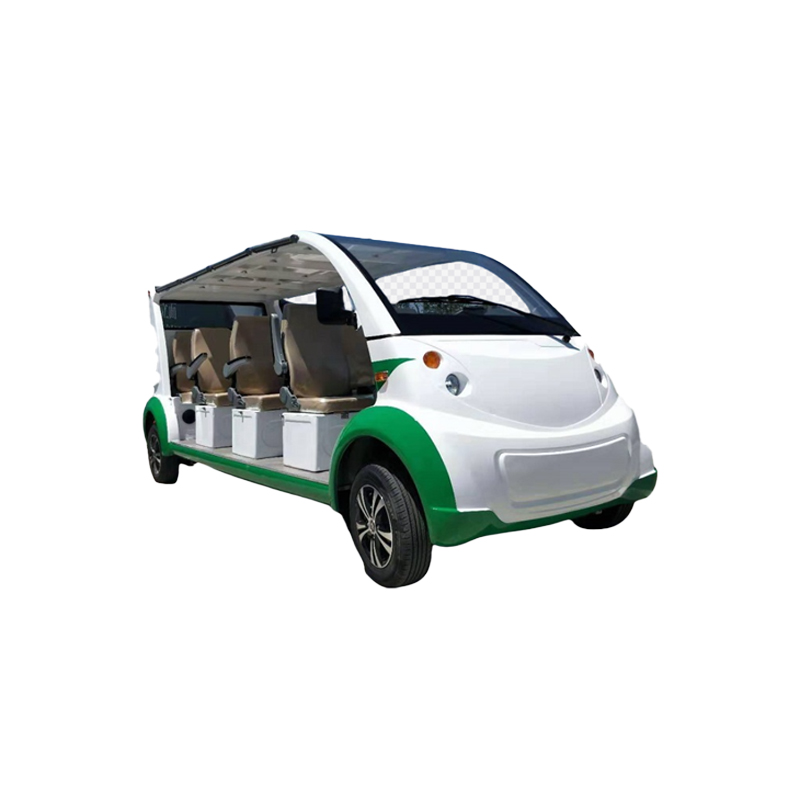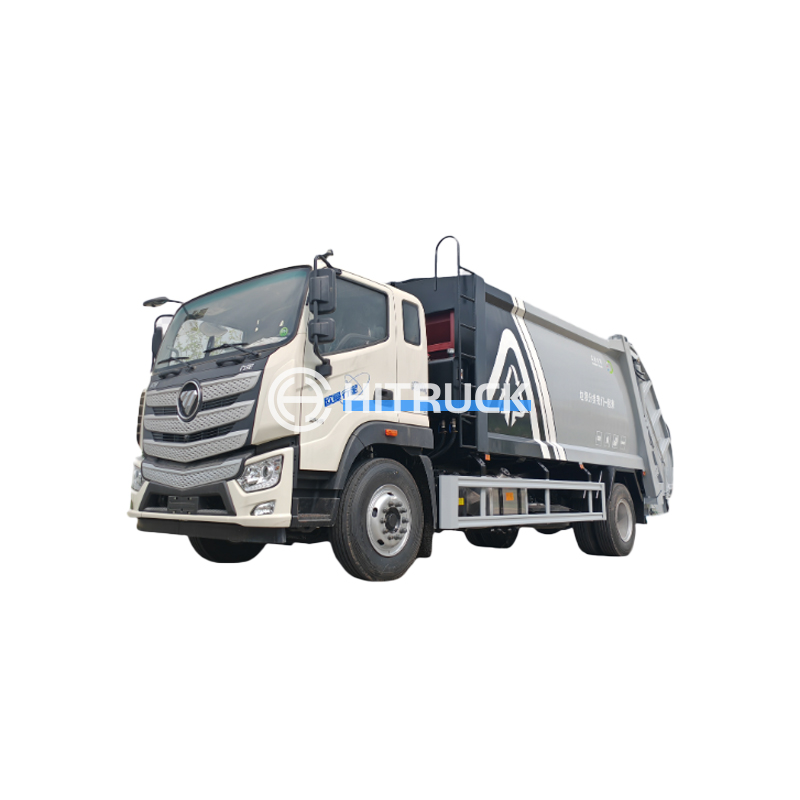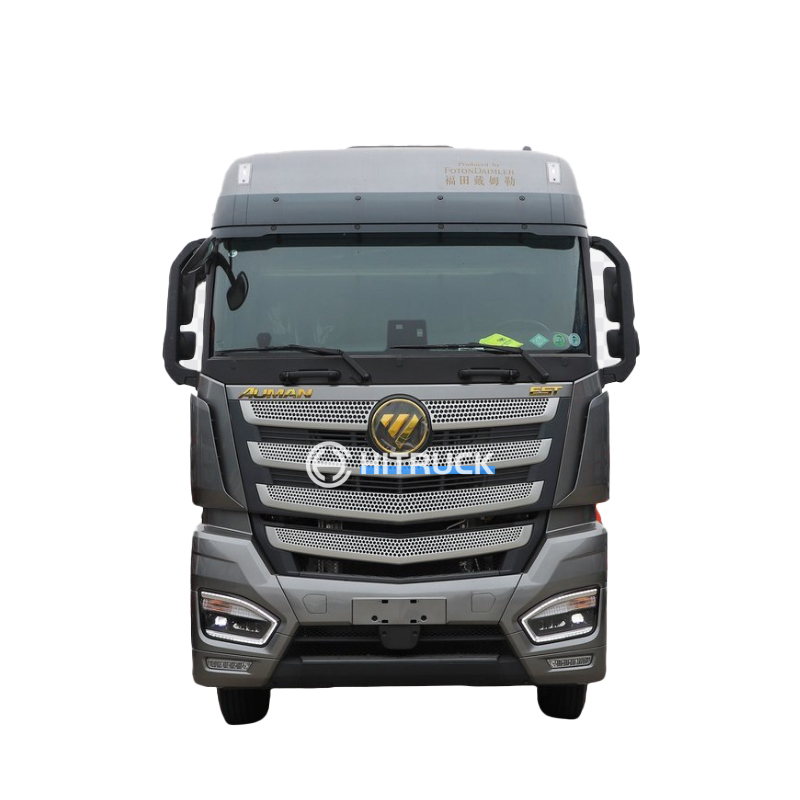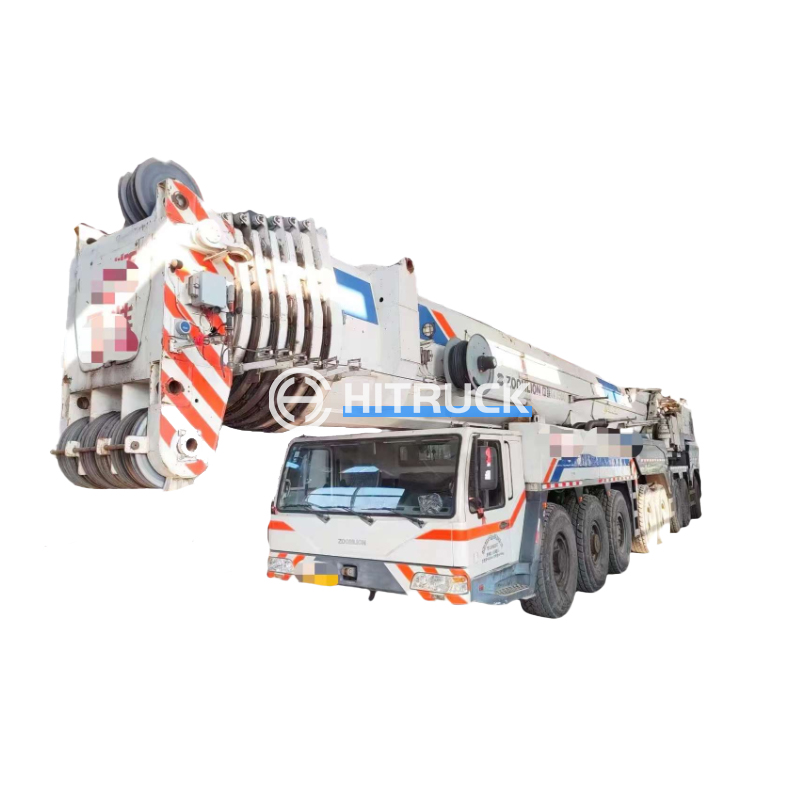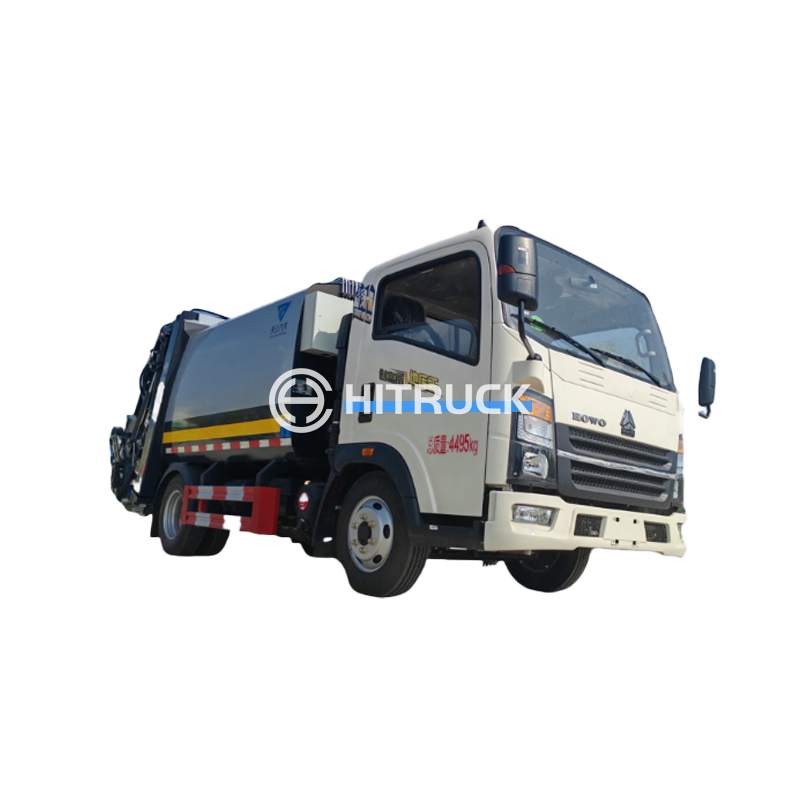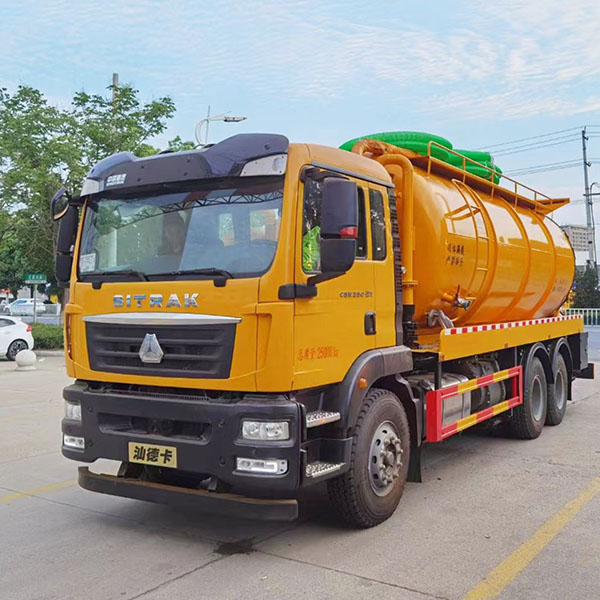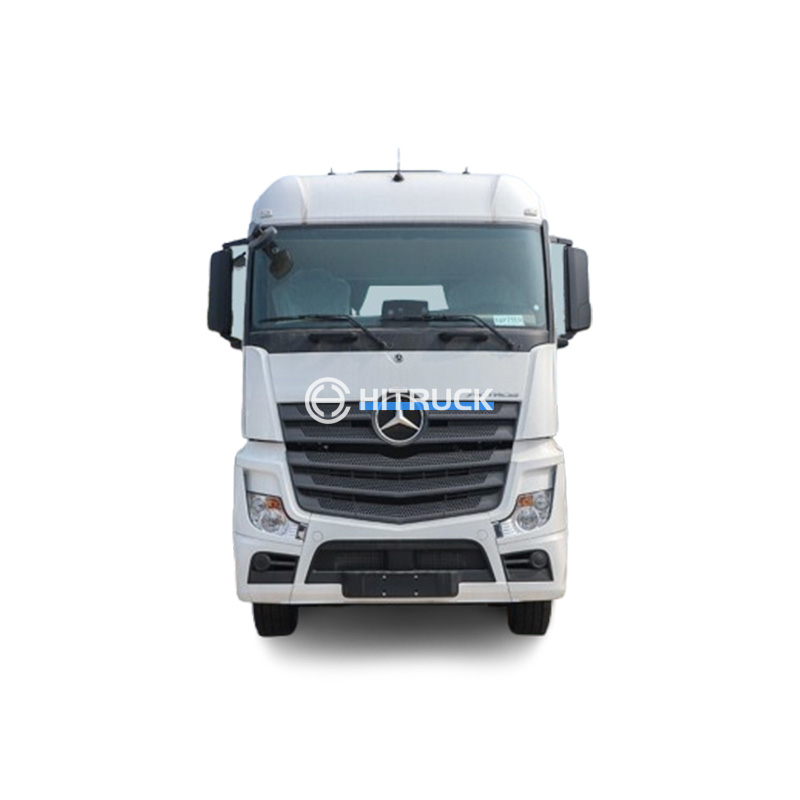Garbage Truck Containers: A Comprehensive GuideUnderstanding the Different Types and Sizes of Garbage Truck Containers for Efficient Waste ManagementThis guide provides a comprehensive overview of garbage truck containers, exploring various types, sizes, and considerations for efficient waste management. We delve into the factors influencing container selection and highlight best practices for optimal performance and cost-effectiveness.
Types of Garbage Truck Containers
Front-Load Containers
Front-load
garbage truck containers are the most common type, designed to be lifted and emptied from the front by specialized trucks. They are typically made from durable steel and come in a range of sizes, capacities, and designs to accommodate different waste streams and collection schedules. Their robust construction ensures longevity, even under demanding conditions. However, they may require more space for maneuvering during collection.
Rear-Load Containers
Rear-load
garbage truck containers are lifted and emptied from the rear. Often seen in residential areas, these containers are frequently smaller and lighter than front-load units, making them suitable for narrower streets and areas with limited maneuverability. They usually have a lower profile compared to front-load units, often incorporating wheels for ease of movement.
Side-Load Containers
Side-load
garbage truck containers are designed for efficient automated collection. The trucks use a mechanical arm to lift and empty the containers from the side. They are particularly effective for high-volume waste collection in densely populated areas. This system often minimizes disruption to traffic and requires less space for collection vehicles to maneuver.
Choosing the Right Size of Garbage Truck Container
The ideal size of your
garbage truck container depends on several factors, including: Waste generation: Estimate your daily or weekly waste volume to determine the appropriate container capacity. Oversized containers lead to wasted space and undersized ones lead to frequent overflowing and potential health and environmental issues. Collection frequency: More frequent collections may allow for smaller containers, while less frequent collections necessitate larger ones to hold accumulated waste. Available space: Consider the available space for container placement, taking into account accessibility for both residents and waste collection vehicles. Measure the area carefully to ensure a proper fit.
| Container Type | Typical Capacity (Gallons) | Suitable for |
| Front-Load | 2-10 cubic yards (approx. 150-750 gallons) | Commercial, Industrial, and some Residential uses |
| Rear-Load | 2-6 cubic yards (approx. 150-450 gallons) | Residential, small businesses |
| Side-Load | Variable, often larger capacities | High-density areas, commercial districts |
Maintenance and Considerations
Regular maintenance of your
garbage truck containers is crucial. This includes cleaning to prevent the build-up of bacteria and pests, and regular inspections for damage or wear and tear. Consider the material of the container - steel containers are highly durable but can rust if not properly maintained.For businesses looking to optimize waste management, consider contacting
Suizhou Haicang Automobile sales Co., LTD for a consultation. They can help you select the right
garbage truck containers and services to meet your specific needs.
Conclusion
Selecting the appropriate
garbage truck container is a key element of efficient waste management. Careful consideration of waste generation, collection frequency, available space and type of container will ensure a smooth, sustainable and cost effective process. Remember to factor in regular maintenance to maximize the life and efficiency of your containers.

